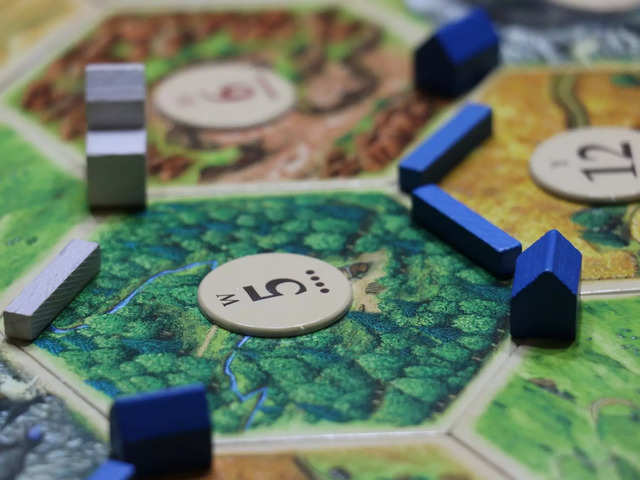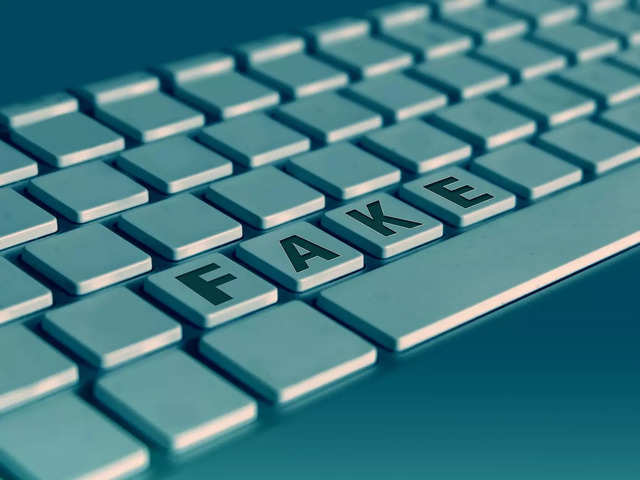
Ahead of World Emoji Day on Saturday, 17 July, Snap Inc's Durgesh Kaushik walks us through bitmoji's evolution
World Emoji Day: The evolution of emojis to Bitmojis on Snapchat
Jul 16, 2021, 10:00 IST
ad-tech
The evolution of (digital) man... from an emoticon to Bitmoji
- In an age where verbal communication has reduced to pave way for digital interactions,
World Emoji Day celebrates the humble emoji - that makes saying less, more meaningful. - These visual depictions of human emotions can exponentially transform or amplify the meaning of what is being conveyed.
- In this article, Durgesh Kaushik, Head of India Market Development at Snap Inc. traces the evolution of standard emojis to a more personalized
Bitmoji , while describing trends that drove this change.
At these times, messaging via text is also a great way to stay in touch, but words alone, often struggle to convey tone, expression or body language, which can lead to misunderstandings. That’s why emojis are so brilliant. Even before emojis, people were trying to express how they meant something, using :) ;) or even :(. A simple human expression can change how a message is perceived, and helps to express how you’re feeling.
These creative uses of the colon and semicolon evolved into emojis, but these have also further evolved; for anyone that doesn’t know, welcome to Bitmoji! When there are no words to express your emotions or that TGIF feeling, a Bitmoji says it all.
The introduction of Bitmoji took emoji personalization to another level, enabling users to communicate their thoughts and emotions not just through a generic face, but through digital representations of themselves. The ‘toonified’ personal avatars are a direct representation of ‘us’ in a digital universe, blurring boundaries between offline and online. For all of human history there has always been a face to communicate with and that changes the meaning of what is said. Because Bitmoji adds that identity, it is an inevitable evolution of communication
Bitmoji allows you to be as innovative as you want to be, empowering you to create an identity that you most resonate with. Your digital avatar can have curly hair, straight hair or no hair at all! They can be dressed up the way you like and can be an exact reflection of your changing moods throughout the day. They can also help you celebrate the different festivals in fun ways. For instance, this Holi, millions of Indians had their 3D Bitmoji lens throw Holi colors and enjoy the occasion with their friends and family, even if they couldn’t be physically together.
But even Bitmoji is evolving. Today, these digital versions of you can be turned into comic strips, chat stickers, AR experiences on Snapchat and now they can even star in an animated series (with

They are ‘real’ but not too real and that’s a big part of why people love them. While they are clearly you, they aren't an ‘Uncanny Valley’. Everyone seeks meaningful connections and shared experiences, whether they can do that in person, or online
Visual communication using Bitmoji stickers and emoji can create a sense of co-presence, especially when they pop up in your chat, to show that the other person is listening to what you’re saying, or talking. This results in ‘a feeling of being together when you’re actually physically distant,’ according to The 2020 Friendship Report by Snap Inc. Simply put, even if you two are apart your Bitmoji avatars are still aiming to win that game or dancing together in Bitmoji TV.

The use of Bitmoji is not only limited to having fun while communicating, but also to express clearly and say things that matter. In 2016, the ‘I Love You’ Bitmoji was way more popular than any other one. “I love you” is an important thing to say, and the fact that the newer generations looked to their digital avatars to say this was flattering, to say the least. This is especially relevant in India, a country that focuses a lot of time and energy investing in relationships. Indians on average have 3 times as many best friends as their counterparts in the USA, Europe, and Australia. More friends and more digital connections mean more chances of misinterpretations. Adding visual elements to a chat such as Bitmoji avatars, help Snapchatters communicate more clearly, reducing misunderstandings.*
INSIDER INTELLIGENCE REPORTS







